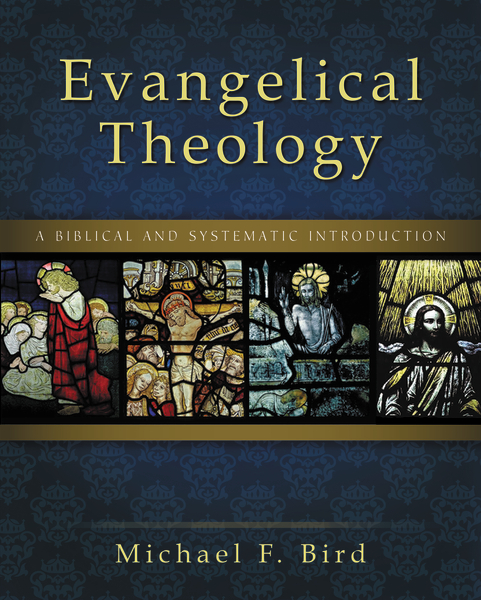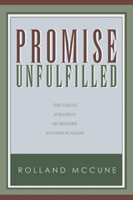 Job
Job
Teach the Text Commentary Series
Daniel J. Estes
General Editors: Mark L. Strauss and John H. Walton
Associate Editor: Rosalie de Rosset
Grand Rapids: Baker Books, 2013.
Hbk, £18.89, 288pp.
ISBN 978-0-8010-9206-0
The book of Job has provided much inspiration for art and literature. It hasn't, however, been well served by commentaries -
one blogger couldn't find more than four to recommend (Clines, Hartley, Andersen and Smick). Two new commentaries may well change that: one in the NIV application series by Walton and this book from Daniel Estes, professor of Old Testament at Cedarville University. This one is part of a new commentary series: Teaching the Text.
As the series title suggests this is no "ordinary" commentary. It is aimed primarily at pastors and teachers.
This series is designed to provide a ready reference for teaching the biblical text, giving easy access to information that is needed to communicate a passage effectively.
Each chapter of Job has a section in the commentary and each chapter is divided in to sections:
1. The Big Idea - as a sub heading
2. Key themes - in a side box
And then the main three sections:
3. Understanding the text
4. Teaching the text
5. Illustrating the text.
The text is in two columns and is well illustrated with colour photographs and images.
In the "Understanding the text" section each chapter is placed in its context, there is usually an outline of the text, and brief discussion of the historical and cultural background and finally, the main focus, interpretative and theological insights.
The "Teaching the text" section offers helpful ideas on applying the passage. "Illustrating the text" offers appropriate suggestion from resources such as poetry, other scriptures, films, news stories, books and object lessons.
For example, for Chapter 6 (Job's frustration with his friends), three key points are identified (with the following illustrations): "God want us to be candid before him and to put words to what is in our hearts" (Jer 2 and 2 Cor); "We must correct any distortions in our view of God" (
Moby Dick by Melville); and "We must depend on God when friends are disloyal or fail us" (
Count of Monte Cristo by Dumas and the poem "Invictus" by Hemmingway).
Sometimes these seem a little stretched and moralistic but the time-pressed preacher may appreciate them.
Throughout the book Estes offers wise and insightful advice about preaching Job, for example:
It is helpful to begin a study of Job with an overview of the book as a whole. The prologue should be analyzed in detail to provide an interpretive lens through which to view the rest of the book. As the speeches unfold in the long dialogue section, they should be related back to the synthesis of the book. If this is not done, then the faulty statements and arguments by Job and the other speakers can be wrongly taken as truth, when in fact a careful consideration of what the entire book teaches unmasks them.
Estes draws upon his considerable experience in Old Testament to provide a useful resource particularly for preachers. This book will be a boon to any hard-pressed pastor planning to preach through Job. It is an accessible and helpful commentary, anyone who wants to get to grips with the book of Job would benefit by reading this book. One suggestion is that the publishers provide the images and text outlines online, thus saving even more time and energy for the preaching pastor.








